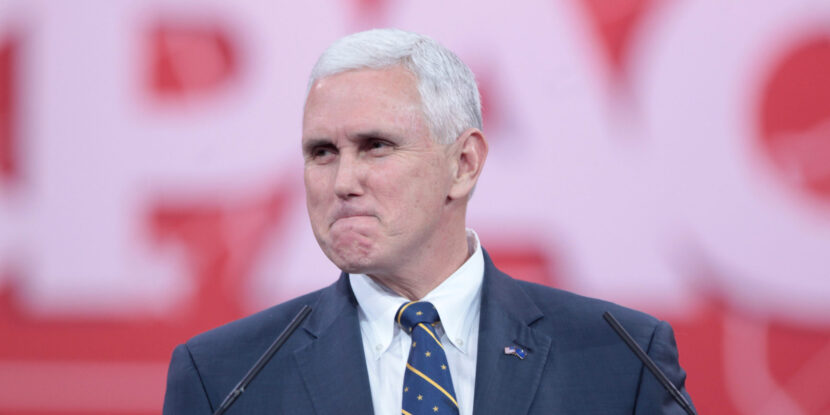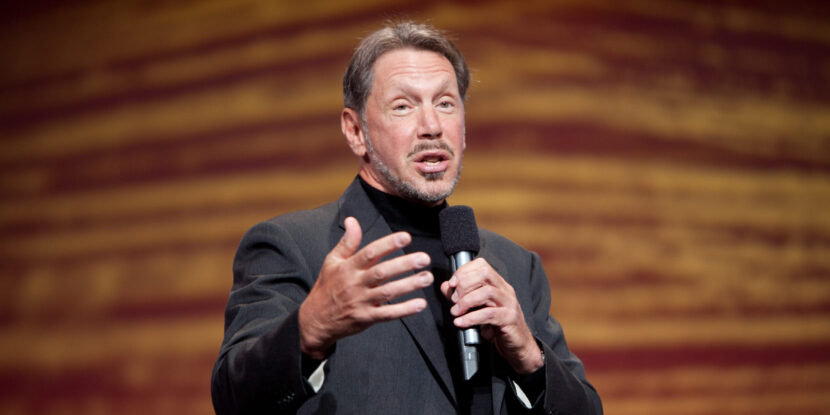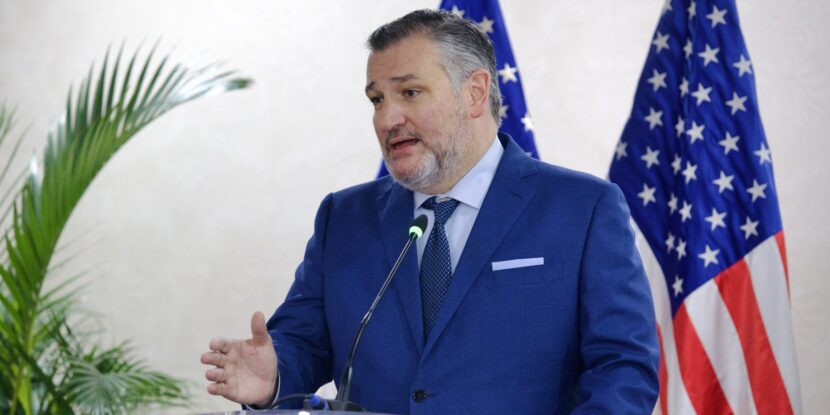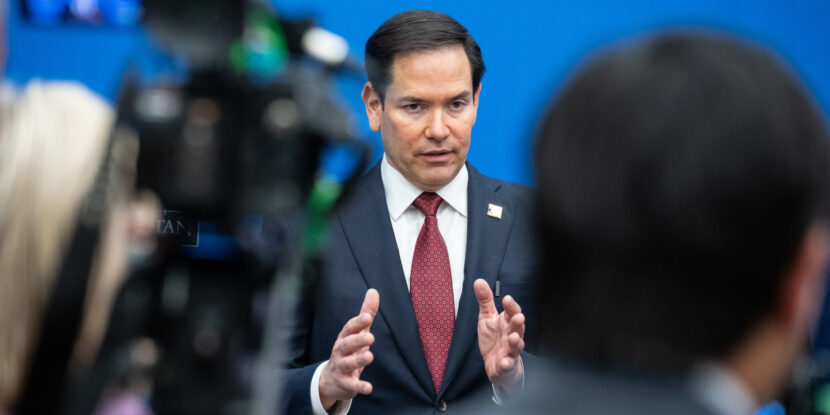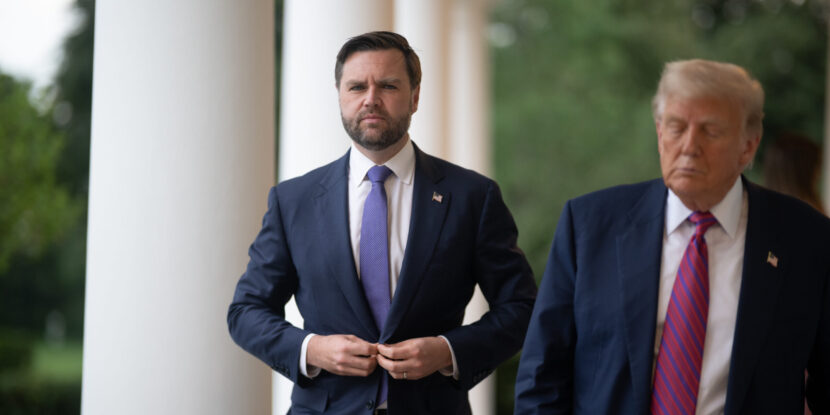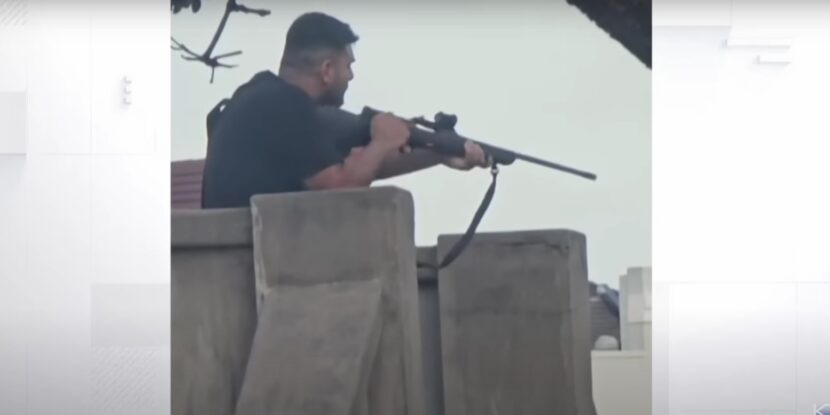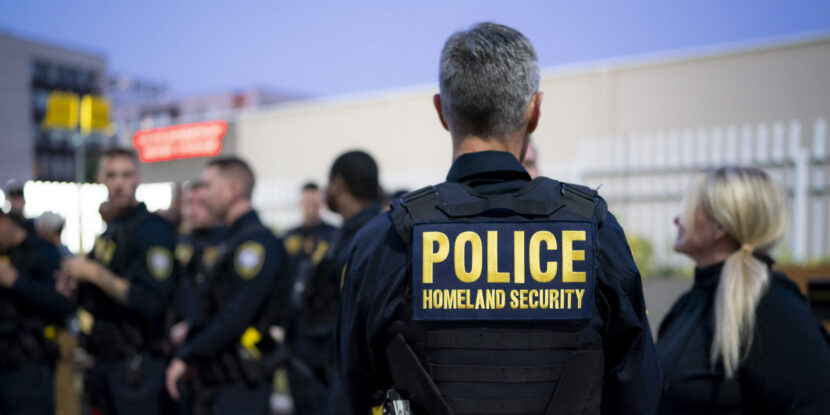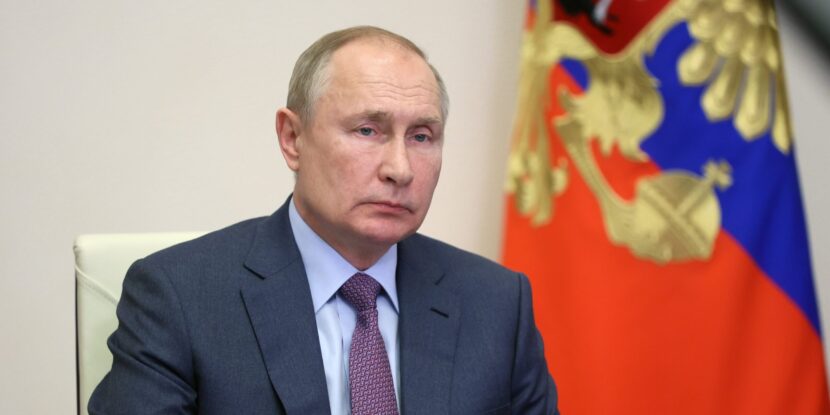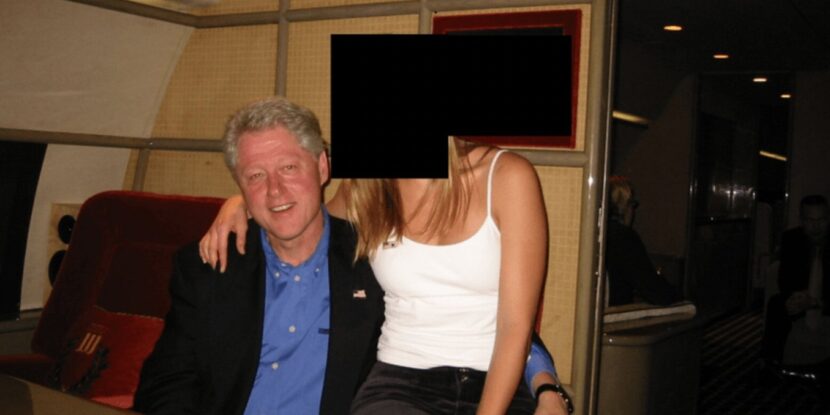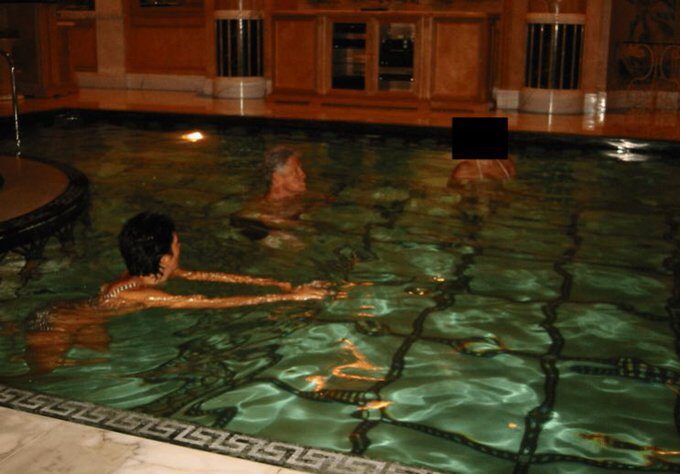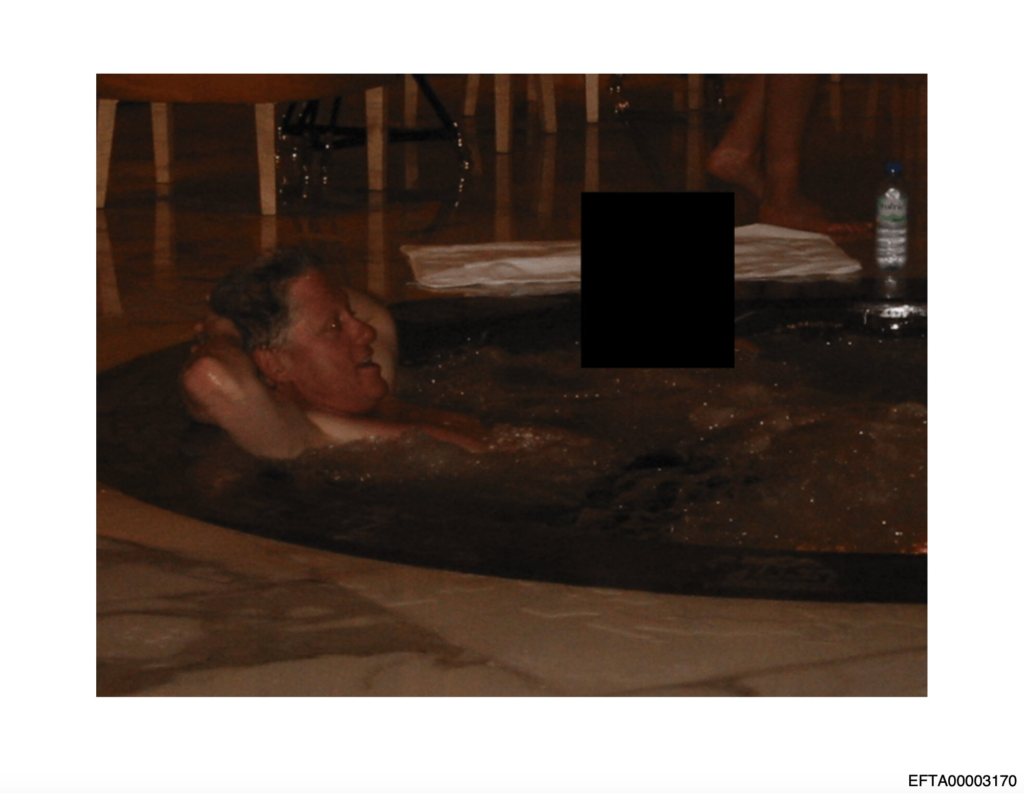❓WHAT HAPPENED: Liberal and neoconservative Heritage Foundation staffers are exiting the nonprofit for former Vice President Mike Pence’s organization, Advancing American Freedom (AAF).
👤WHO WAS INVOLVED: Mike Pence, Advancing American Freedom, and the Heritage Foundation.
📍WHEN & WHERE: December 22, 2025, Washington, D.C.
💬KEY QUOTE: “Why these people are coming our way is that Heritage and some other voices and commentators have embraced big-government populism,” Pence claims.
🎯IMPACT: The shift shows Pence, who turned against President Donald J. Trump after the 2020 election, is continuing his efforts to crystallize the former Republican establishment around him.
Advancing American Freedom (AAF), the advocacy organization led by former Vice President Mike Pence, has seen an influx of around 15 staff members from the Heritage Foundation. The moves underscore growing divisions between America First conservatives and the old guard of liberal interventionists and neoconservatives in and around the GOP, with Pence seemingly seeking to establish himself as their leading man.
“Why these people are coming our way is that Heritage and some other voices and commentators have embraced big-government populism,” Pence said of the defections. Specifically, Pence accuses Heritage—previously seen as an establishment organization—of having “fallen” and “abandoning its principles,” citing its lack of unconditional support for prolonging a forever war in Ukraine, backing for some of President Trump’s tariffs, and embrace of Big Pharma skeptic Robert F. Kennedy Jr. as Health and Human Services (HHS) Secretary.
Andy Olivastro, Heritage’s chief advancement officer, criticized the exiting employees in a statement, calling their departures acts of “disloyalty” and affirming that the organization’s core objectives and leadership remain firm despite the personnel changes.
Certain Heritage and now-former Heritage staffers have been particularly exercised by Heritage leader Kevin Roberts defending former Fox News Tucker Carlson’s decision to interview anti-Zionist streamer Nick Fuentes, insisting Carlson “remains and, as I have said before, always will be a close friend of the Heritage Foundation.”
Pence seems unlikely to mount a bid for the presidency in 2028, having garnered next to no support in the 2024 primaries, but Senator Ted Cruz (R-TX) is reportedly mulling a bid after discussions with pro-Israel figures such as Morton Klein of the Zionist Organization of America.
Join Pulse+ to comment below, and receive exclusive e-mail analyses.
